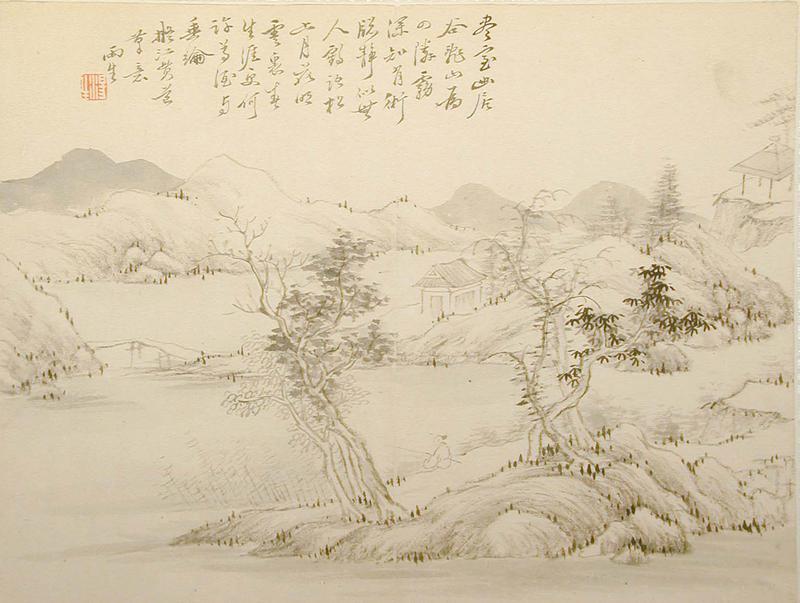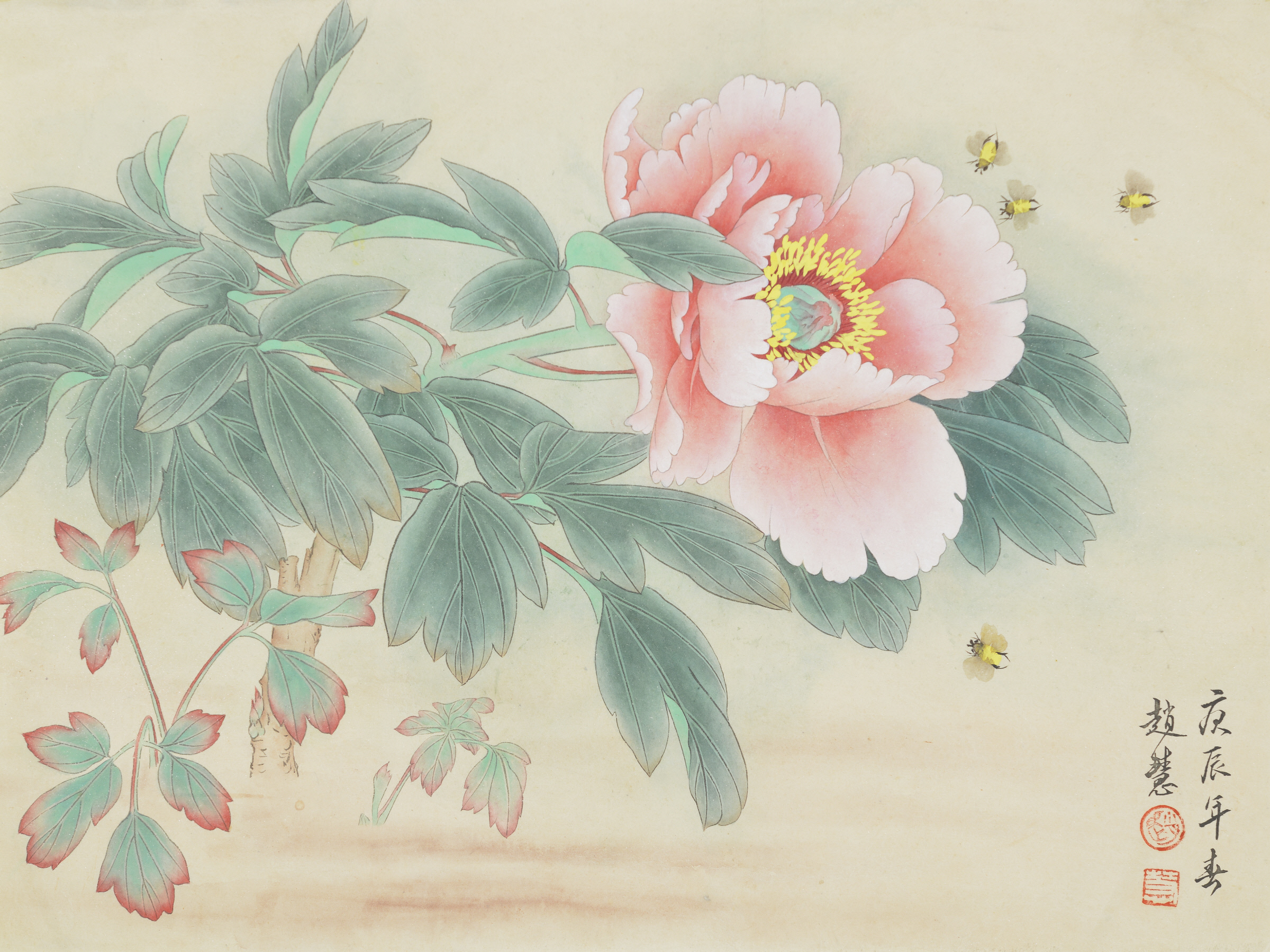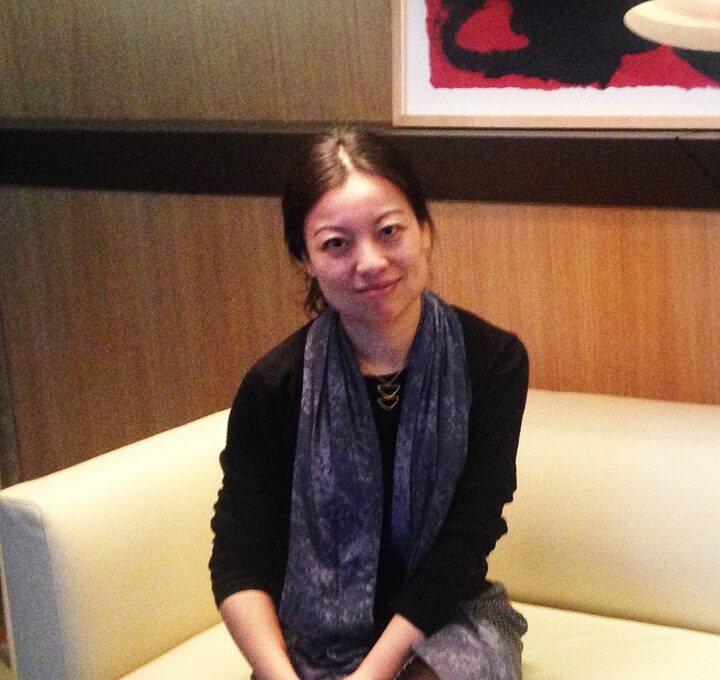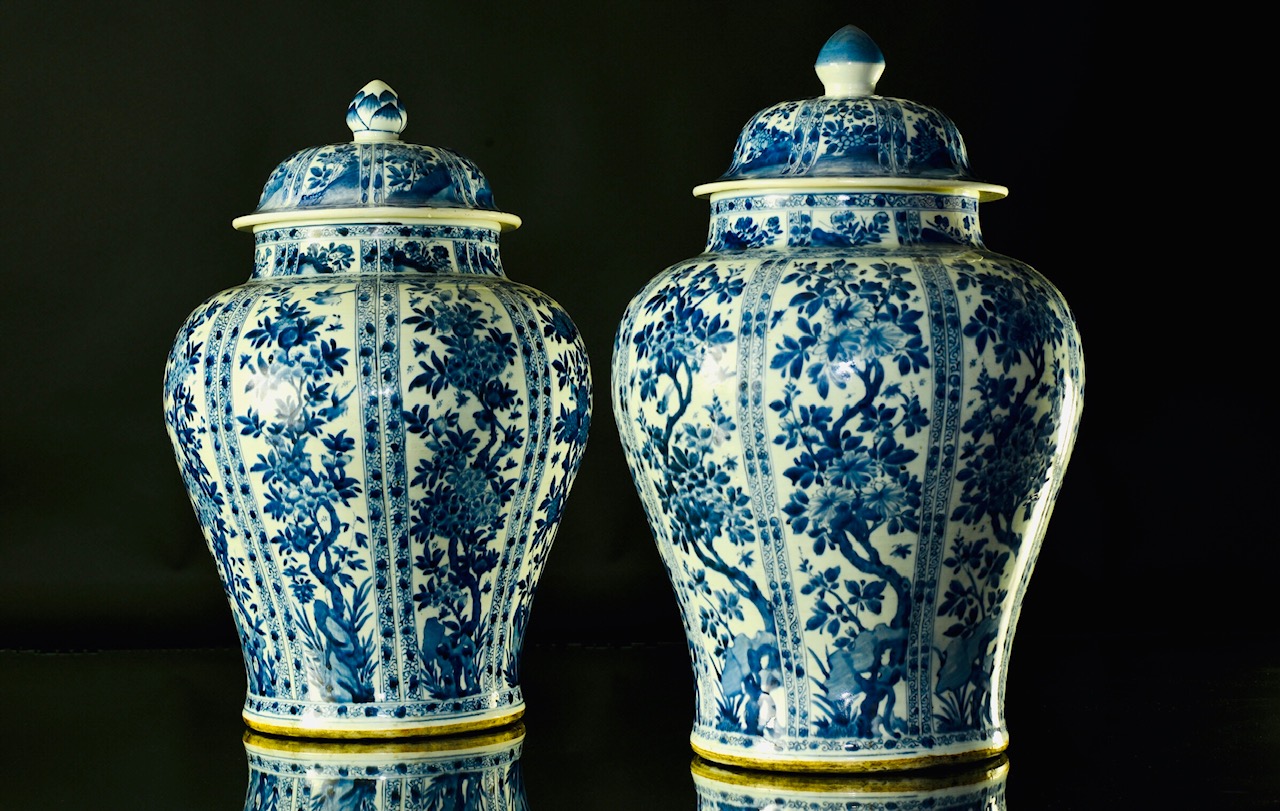
Escapism Through Chinese Landscape Painting
By Audrey Wang, AGGV Volunteer
The practice of Chinese ink painting was a personal and meditative exercise, the essence of the work derived from the spontaneous expression of feelings. And in the Song dynasty, landscape painting became a symbol of escape and sanctuary from the chaos of reality.



